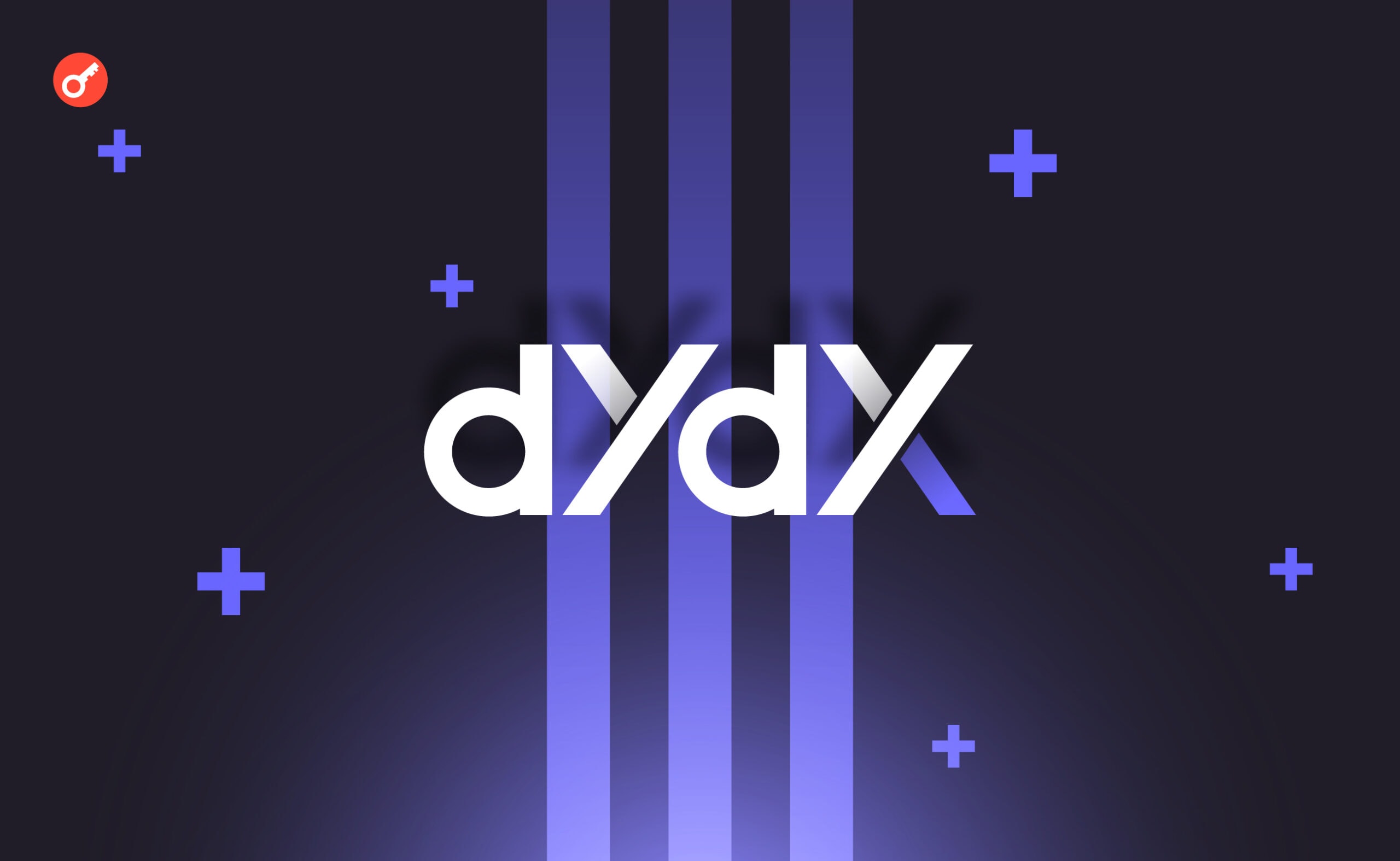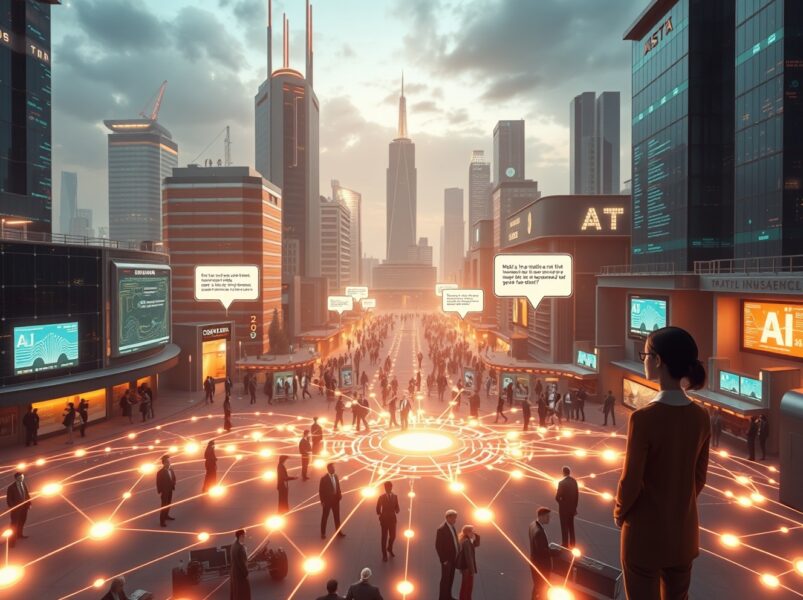Nvidia Expands U.S. Energy Ties with Oracle, Palantir, and Uber in Massive AI Push
TLDRs;
- Nvidia will build seven AI supercomputers for the U.S. Energy Department, including one in partnership with Oracle.
- The Oracle deal will power nuclear fusion and renewable research using 100,000 Blackwell chips.
- Nvidia partners with Palantir to build AI-driven logistics and supply chain solutions across industries.
- The company teams up with Uber on a robotaxi network powered by its new Hyperion self-driving platform.
Nvidia is accelerating its dominance in artificial intelligence by striking major partnerships across the U.S. energy, logistics, and mobility sectors.
At its first-ever GTC event held in Washington, D.C. on Tuesday, CEO Jensen Huang announced a sweeping initiative to build seven supercomputers for the U.S. Department of Energy (DOE), working with partners like Oracle to power research into nuclear energy and advanced clean power projects.
The supercomputers, one of which will incorporate 100,000 of Nvidia’s next-generation Blackwell chips, are designed to process complex simulations in nuclear weapons research and alternative energy initiatives like fusion. Huang described the collaboration as a “strategic milestone” that underscores Nvidia’s transformation from a chip supplier to a cornerstone of America’s technological infrastructure.
Oracle Joins Forces on Energy Supercomputing
A key highlight of Nvidia’s announcement was its partnership with Oracle to co-develop a DOE supercomputer powered entirely by Nvidia’s Blackwell architecture. The system aims to advance scientific computation in energy research while providing scalable infrastructure for AI-driven experiments.
Oracle’s cloud capabilities will play a crucial role in managing the vast data workloads generated by these high-performance systems. By leveraging Oracle Cloud Infrastructure (OCI) with Nvidia’s chips, the collaboration aims to accelerate data modeling for renewable energy, nuclear fusion, and climate simulations.
Huang said the partnership illustrates how AI can serve as a bridge between national energy goals and private-sector innovation.
Palantir and Nvidia Partner on AI Logistics
Beyond energy, Nvidia also announced a strategic partnership with Palantir Technologies to optimize commercial logistics through AI. The collaboration will integrate Palantir’s Foundry and Artificial Intelligence Platform (AIP) with Nvidia’s GPU-accelerated infrastructure to enhance data-driven decision-making in supply chains, defense, and industrial operations.
This alliance strengthens Nvidia’s position in the enterprise software space, complementing its hardware dominance. Together, Palantir and Nvidia plan to deliver predictive logistics systems capable of modeling complex global supply networks, from military operations to energy resource distribution.
Analysts say the partnership reflects Nvidia’s growing ambition to move “up the stack”, offering complete AI ecosystems rather than just silicon.
Uber and Nvidia Take Robotaxis to the Next Level
Rounding out the announcements, Nvidia unveiled Hyperion, its latest self-driving technology platform, and confirmed plans to collaborate with Uber to develop a robotaxi network.
The partnership blends Uber’s mobility data with Nvidia’s AI computing power, creating a foundation for Level 4 autonomous vehicles, capable of self-driving without human intervention in most conditions.
Hyperion represents Nvidia’s most advanced push into automotive AI yet, integrating real-time perception, mapping, and decision-making powered by its latest Blackwell and Rubin chips. Industry observers see this as Nvidia’s bid to dominate the AI mobility stack, potentially rivaling Tesla’s autonomy efforts.
The post Nvidia Expands U.S. Energy Ties with Oracle, Palantir, and Uber in Massive AI Push appeared first on CoinCentral.
You May Also Like

Community calls on dYdX Foundation to restore $25 million migration bridge due to blocked tokens

AI Labs: Mercor’s Bold Strategy Unlocks Priceless Industry Data
